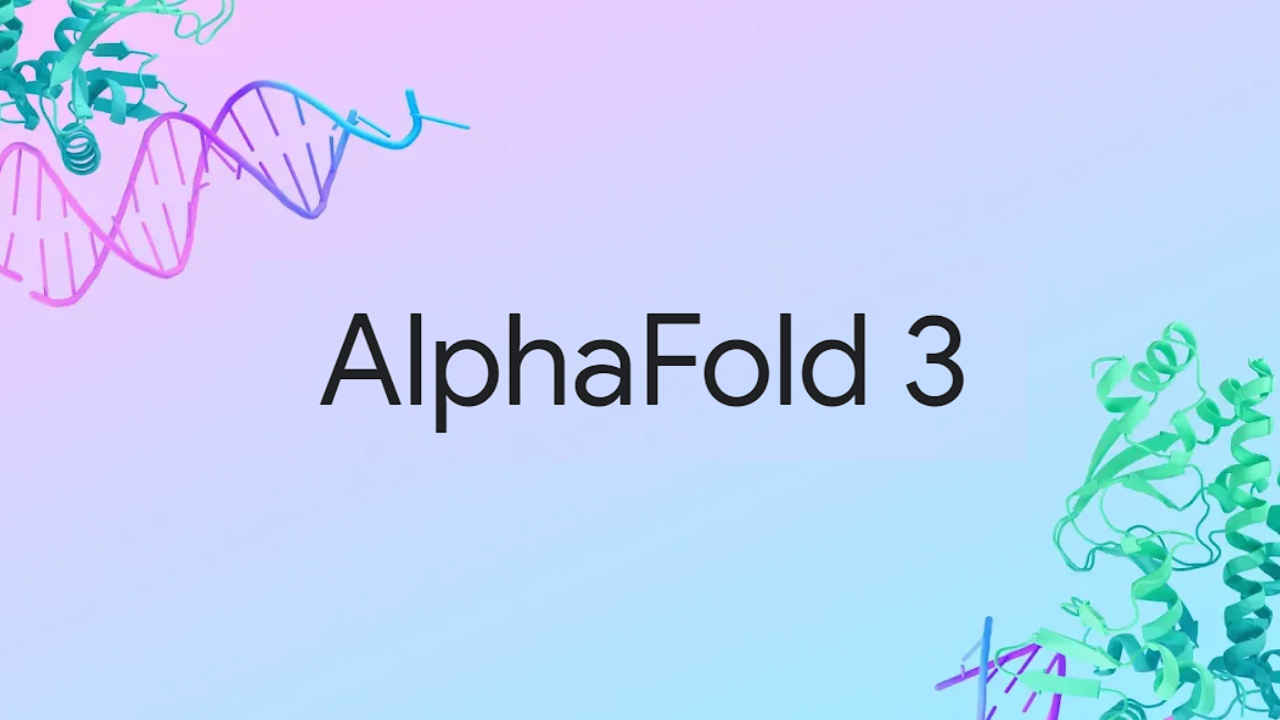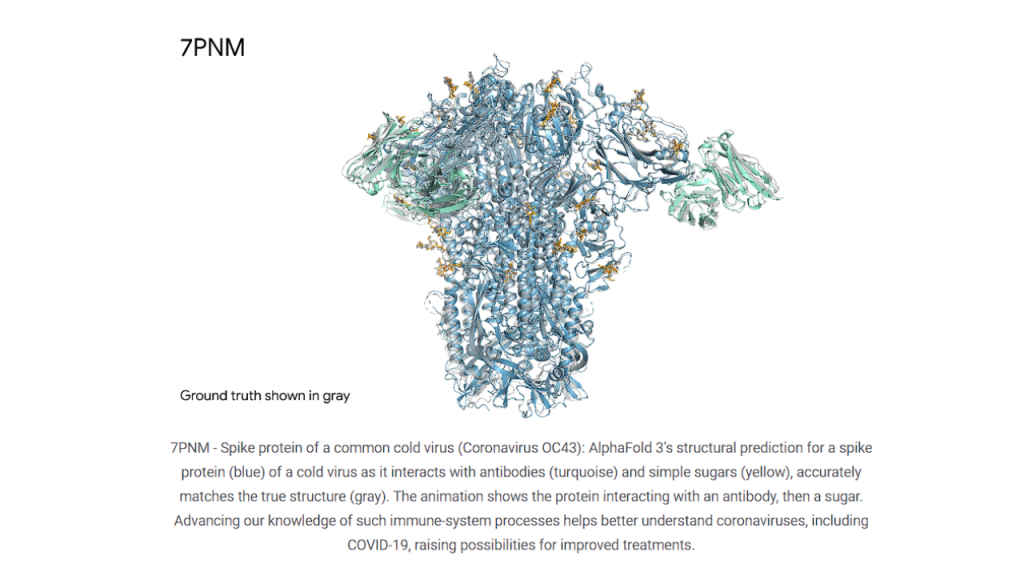

Google Deepmind's new AlphaFold 3 AI can model proteins, DNA & RNA: Details here
Google Deepmind, in collaboration with Isomorphic Labs, has developed a new AlphaFold 3 AI model. According to the company, AlphaFold 3 is a “revolutionary model” that can predict the structure and interactions of all life’s molecules with “unprecedented accuracy.”
Let’s delve into the details.
Also read: Google Deepmind’s new AI agent ‘SIMA’ will be your in-game teammate: Check details

With the AlphaFold 3 AI model, the company aims to transform the understanding of the biological world and drug discovery.
Also read: Google’s next big AI-powered photo feature could be RealFill: Here’s how it will work
Isomorphic Labs is actively teaming up with pharmaceutical companies to leverage the capabilities of AlphaFold 3 in tackling practical drug design hurdles. The aim is to develop new “life-changing treatments” for patients.
The new AlphaFold 3 AI model builds on the foundations of AlphaFold 2, which in 2020 made a fundamental breakthrough in protein structure prediction.
AlphaFold 3 takes an input list of molecules and generates their collective 3D structure, illustrating their interconnection. It models large biomolecules, including proteins, DNA and RNA, as well as small molecules or ligands– which encompass many drugs.
Moreover, AlphaFold 3 can simulate chemical alterations to these molecules which control the healthy functioning of cells, that when disrupted can lead to disease. AlphaFold 3’s capabilities come from its next-generation architecture and training that now covers all of life’s molecules.
After processing the inputs, it uses a diffusion network, similar to those in AI image generators, to put together its predictions.
“AlphaFold 3’s predictions of molecular interactions surpass the accuracy of all existing systems,” the tech giant said. The company further claimed that the AlphaFold 3 AI model is 50% more accurate than the best traditional methods on the PoseBusters benchmark without needing the input of any structural information, making AlphaFold 3 the first AI system to surpass physics-based tools for biomolecular structure prediction.